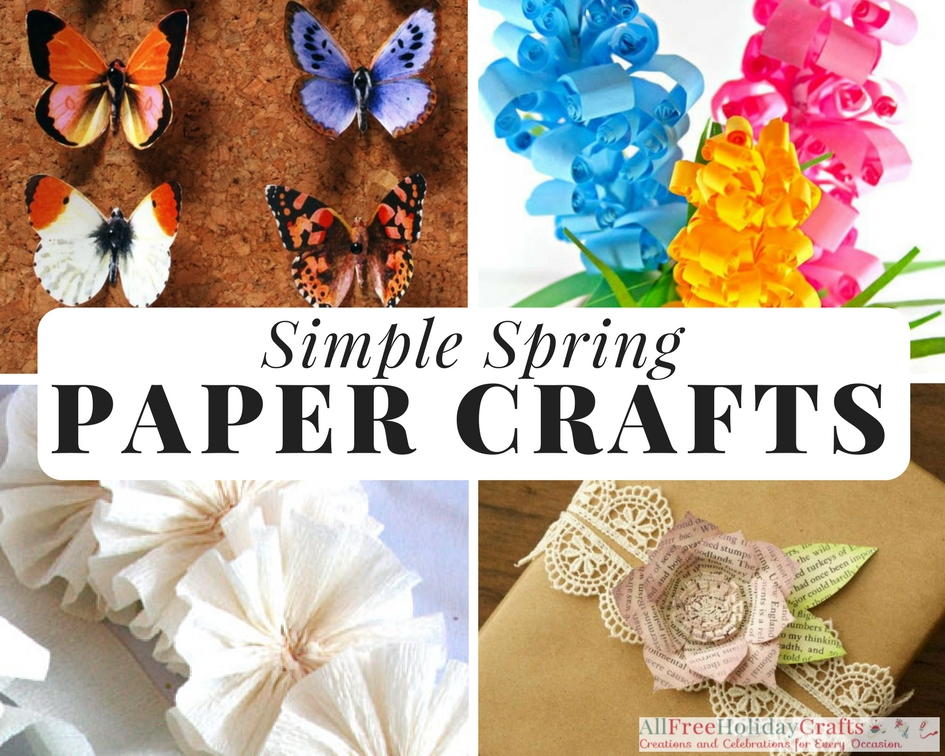
You may find it helpful to learn how to knit properly if you knit on a regular schedule. A few things to keep in mind include your sitting posture. Bad posture can put unwanted forces on your hands, as well as impair blood flow to the extremities. Additionally, your sitting position can directly impinge on the nerves in your arm and hand. This can lead both to repetitive stress injury, (RSI), or pain.
Casting on
Casting stitches can be done in many ways. One method is called slipknot caston. Use two strands, one attached to a piece of yarn and wrap it around the index finger. You will see loops form on the needle. Continue this process with the rest of your stitches. After a few rows you can start to cast on your last stitch. Continue this process until you have completed a complete sleeve.

Stitch formation
Good knitting pieces can only be made by properly forming the stitches. It allows you to align the stitches correctly and keeps them straight. There are many things to take into consideration, such as yarn twist and stitch mounting. Two needles may be used: one is the regular needle and the other is the mirror-image of the right. You should also think about how your fingers will be placed as you knit. Make sure you have your hands relaxed.
Repetitive stress injuries (RSI)
Repetitive motions like knitting can cause soft tissue injury. This condition can manifest as a repetitive stress injury (RSI). Knitting hands is a complex machine with many moving parts. This means that your hands need special care to avoid damage. The sensitive nerves that run through your hand are numerous. The median nerve runs from your shoulder to the base of your hand and is responsible for sensation in your hand. This nerve passes through a tunnel called "the carpal tunnel", located at the base and wrist.
Fabric properties
Fabric hand is a characterization of the physical properties of knitted fabrics. This parameter describes the fabric's ability to hang under its own weight. It can also impact the appearance of a garment. While hand shape is an important aspect of knitting fabrics' quality, it can also be affected by the final use of the garment. Knitted fabrics are generally floppy, so they follow body contours.

Techniques
A few techniques can be helpful for beginners to knitting. Start by working in a lighter color and smaller stitch groups. It is also possible to wait until later to add patterning. Special stress-relieving glove may be a good option if your hands or wrists are aching. To keep your knitting supplies organized, you can also use a bag.
FAQ
What's a hobby?
For kids, a hobby can be any activity that they are interested in doing as part of their everyday routine. You might find them interested in drawing, building things, painting, writing stories, playing with toys, listening to music, reading books, watching TV, and playing computer games. They may also like to play soccer, football, basketball, cricket, rugby, baseball, and hockey.
Parents worry that their children might get in trouble if they are allowed to do what they like. This isn't necessarily true, though. Your child won't get in trouble if they are safe and don't do any harm to anyone.
It's important for people to understand that just because they like something doesn't necessarily mean they'll choose it all the time. They might decide to draw instead of write if they enjoy drawing pictures.
There are lots of different types of hobbies out there, so it's really up to you to pick one that you enjoy most.
What are competitive hobbies?
You can compete in running, swimming or cycling as well golfing or tennis.
They're often enjoyed by people who are active and want to socialize.
If you have a hobby that involves physical activity, then you'll probably find that there are other people around who share this interest.
This may mean joining a club or group where you meet regularly to play sports together.
You can also participate in team games where you play alongside others.
These include: football (soccer), soccer, cricket, netball.
There are many different types of competition.
Some competitions may be held for pure recreational purposes.
Others are designed for competitors to prove their skill.
Other rewards are available to recognize exceptional performance.
In these cases, winners receive prizes.
Other competitions are designed to test the strength and stamina of competitors.
These are endurance events.
For example, marathon races, triathlons, Ironman Triathlon, etc.
Athletes often train hard before competing in these events.
To prepare their bodies and minds, they will have to adhere to a strict training plan.
They may also need to spend some time away from home during preparation.
It's important not to forget that not all athletes are able to compete in every type event.
What are the most popular hobbies right now?
Popularity is not always a positive thing. Popularity can often be used to excuse mediocrity. The fact is that most people do not have time to pursue any hobby they want. They are always too busy to earn a living. What can you do if your time is limited? Start a business.
But it's not an easy task. There are many obstacles that must be overcome before you can realize your vision.
Consider pursuing a hobby if your goal is to have something more fun than running a company.
Hobbies can be more than just creative pursuits. There are many different kinds of hobbies available. There are many hobbies available, including:
-
Gardening
-
Cooking
-
Photography
-
Reading
Why do we need hobbies?
Hobbies are an important part of our lives because they give us time to relax, unwind, think creatively, exercise, socialize and enjoy ourselves. You can also learn new skills and develop lifelong interests.
Hobbies help us to find meaning and purpose in our lives.
These can often be a great way to get some extra time while you have nothing else.
They are also very entertaining!
If you don’t have the time to do a hobby, you likely don’t have any other hobbies.
Take a look at the many options that are available to you. Maybe you should consider starting a hobby.
What are some great hobbies for seniors?
Senior citizens need to find things they like doing. Active seniors should take up sports and other physical activities.
They may wish to join clubs, where they can find others who have similar interests. They will feel less lonely as their age.
Senior citizens should keep up to date with the latest trends. For example, they could follow fashion, art, music, literature, politics, etc.
What are your educational hobbies and interests?
An educational hobby involves a sport or other activity where you can learn something from doing it. It could be anything, from playing sports to learning how an instrument is played.
You should have fun with it. It doesn't have to be done all the time. However, if you get bored of it, you should think about other things you can do instead.
These activities can also be costly so make sure you don't spend too much.
Statistics
- Much of this decline reflects the fact that teens are less likely to work today than in the past; among employed teens, the amount of time spent working is not much different now than it was around 2005. (pewresearch.org)
- This 100% accurate personality-analyzing hobby quiz discovers your passion based on your characteristics. (quizexpo.com)
- Almost 80% of people claim to have no hobby. (hobbylark.com)
- Studies show that just six minutes of reading can reduce stress levels by 60 percent. (oberlo.com)
- I am 100% biologically a woman (discover.hubpages.com)
External Links
How To
How to get started gardening
Gardening is one form of agriculture that dates back to the beginning. It takes patience, persistence, determination, and perseverance. The first step in starting your own garden is choosing a location where you want to grow food. This could be on a large piece of land or in your backyard. Next, choose what kind of plants you would like to grow. Do you prefer flowers or vegetables? Some people enjoy growing herbs and others prefer raising livestock like rabbits. Before you decide which crops you will plant, consider the amount of space you have. If your climate is cold, you may decide to plant berries and fruits.
Once you have chosen what you will be planting, you must take some time to prepare your soil. How your plants perform is dependent on how well the soil you use. High quality soil is rich in organic matter, which feeds your plants' roots. Organic matter includes organic matter such as leaves, twigs or grass clippings. You need nutrients to your soil after you have prepared it. Depending on the type of plants you plan to grow, you may need different amounts of nitrogen, phosphorus, potassium, calcium, magnesium, boron, zinc, copper, manganese, iron, molybdenum, chlorine, sulfur, sodium, and so on. A fertilizer calculator online can help you determine these values. There are many fertilizers to choose from, so it is important that you are familiar with the product you are using.
Now you need to wait for the seeds to germinate. The process can take between 2 and 3 months depending on how hot or cold it is in your region. After seeds have sprouted, water them every day. Watering your plants too little or too often can cause problems. Avoid overwatering your plants. Overwatering your plants can lead to root disease and fungal infections. When watering your plants, remember that most plants require less water during the warm summer months than in winter. Some plants must be dried out after being watered. Tomatoes for instance need to remain slightly moist, but not wet. They don't like to sit in soggy soil. After the flowers have stopped, they must go into dormancy. The time when plants stop producing new life and store energy for the next season is called dormancy. Dormancy occurs when the plant stops sending signals that tell its roots to produce food. Plants continue to store energy throughout this period. The plant will eventually die if it is not given enough sunlight or temperatures below freezing.
Urban environments may limit the variety of plants you can grow. Concrete sidewalks, roads, buildings and parking lots are all common in urban areas. These blocks block sunlight from reaching ground level. Concrete absorbs light, preventing the soil underneath from getting adequate sun exposure. Because of this lack of sunlight, many plants cannot survive in cities. There are many plants that can survive in urban environments. Many trees, perennials, shrubs, as well as shrubs can be adapted to urban living. Many annuals are also possible to grow indoors in containers. Container gardens can be used to grow greenery indoors year-round, no matter what the weather outside.
You are now ready to plant your garden!